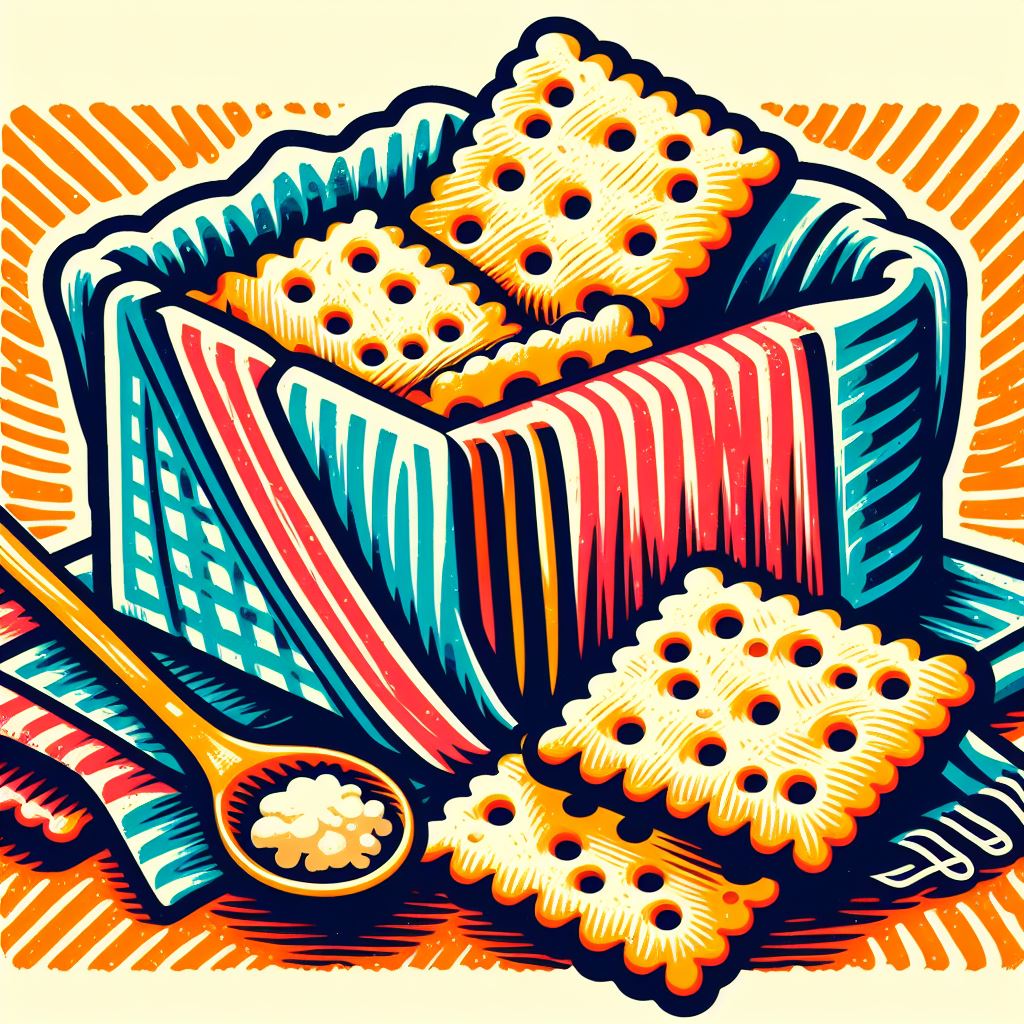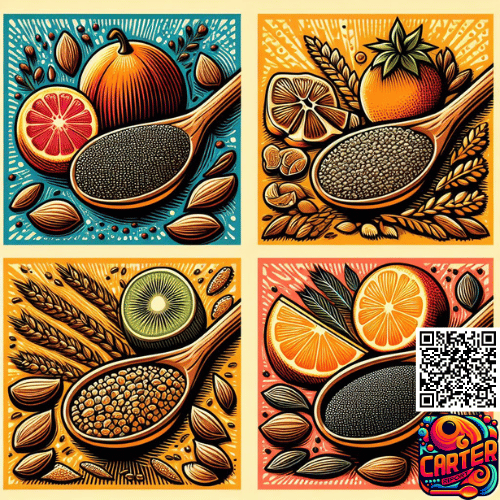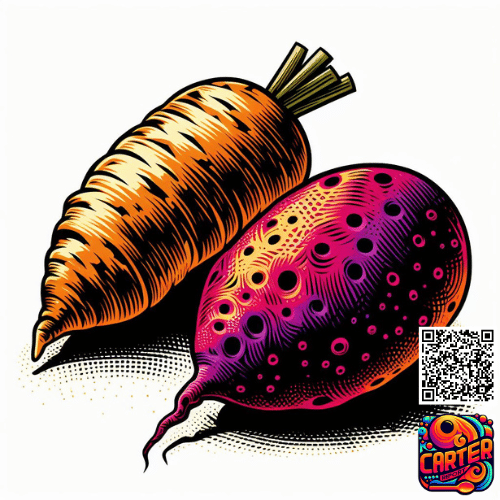In an unassuming corner of the culinary world, a quietly bubbling controversy persists, stirring the souls and taste buds of those who care to notice. This is not about the grandeur of French cuisine nor the intricate balance of flavors in Thai dishes. No, this debate hails from a more humble origin: the cracker aisle. Here, two seemingly indistinguishable entities vie for supremacy in the dry, crackling expanse of our pantries—soda crackers and saltines.
At first glance, distinguishing between soda crackers and saltines might seem as futile as attempting to identify individual snowflakes in a blizzard. Yet, like any passionate scientist with a penchant for the minutiae of life’s simpler pleasures, I embarked on a mission to dissect these crunchy enigmas, armed with nothing but a keen palate, a microscope, and an insatiable curiosity for all things doughy and dessicated.
A Crack(er) in the Façade
To the untrained eye, soda crackers and saltines present an identical front. Both are square, pale, perforated, and possess a certain dryness that suggests they could survive an apocalypse unscathed. However, beneath this crunchy exterior lies a world of difference.
| Attribute | Soda Crackers | Saltines |
|---|---|---|
| Texture | Slightly flaky, tender | Crisp, snaps cleanly |
| Flavor | Mild, slightly yeasty | Salty, more pronounced flavor |
| Primary Ingredients | Flour, shortening, baking soda, yeast | Flour, shortening, baking soda, malted barley flour |
| Common Uses | Soup accompaniment, cheese platter | Soups, chili, nausea remedy |
The Nutritional Plot Thickens
In a society increasingly obsessed with the contents of its food, the nutritional showdown between these two crackers is of utmost importance. Armed with the power of analysis and a rather sophisticated digital scale, I dove into the labels.
| Component | Soda Crackers (per serving) | Saltines (per serving) |
|---|---|---|
| Calories | 120 | 60 |
| Fat (g) | 1.5 | 1.5 |
| Sodium (mg) | 230 | 150 |
| Carbohydrates (g) | 20 | 11 |
The Saga of the Soda Cracker
The soda cracker, a creation born out of necessity, was once the unsung hero of sea voyages and pioneer treks. Its ability to remain edible (if not exactly palatable) for months on end made it a staple of early American life. Legend has it that a weary traveler, lost in the vast expanse of the American frontier, survived solely on soda crackers and the kindness of strangers, inspiring generations of parents to pack at least one sleeve of them in every family road trip snack bag.
Saltines Steal the Scene
Enter the saltine, a cracker that took the basic premise of the soda cracker and dared to ask, “But what if we added more salt?” It became the darling of soup bowls and sick days, praised for its crisp texture and capability to offer comfort when consumed alongside ginger ale by those claiming they could eat nothing else.
Meticulous Observations and Anecdotes
During my own experiments, I discovered that while soda crackers crumble with a tender sigh under pressure, saltines snap with the decisiveness of a high school breakup. A saltine, when dunked into tomato soup, maintains its integrity for approximately 3.8 seconds longer than the soda cracker, a finding that suggests a superiority in soup-related endurance.
However, it was during a late-night snacking session that the true essence of these crackers revealed itself to me. The soda cracker’s subtle flavor profile whispered secrets of yeasts past, while the saltine crackled with tales of sea voyages and tears shed in joy and sorrow—all conveyed in that extra hint of saltiness.
Table of Contents
Frequently Puzzled Over Questions
Q1: Can one truly substitute for the other in recipes?
- A1: While you might be tempted, remember that substituting a soda cracker for a saltine in a recipe is akin to replacing your lead actor mid-performance. Possible, but the audience (your taste buds) will notice.
Q2: Which cracker is better for an upset stomach?
- A2: Saltines, with their higher salt content and crispier texture, have been comforting queasy stomachs since their inception. They’re like the cool hand of a mother on a feverish brow.
Q3: Are these crackers really different or is it just marketing?
- A3: Ah, the cynic’s query! While branding magicians have had their way with many a food product, the distinction here goes beyond mere marketing—into the very heart of crackerdom.
Q4: Is there an art to perfectly stacking cheese on these crackers?
- A4: Indeed, there is an art—nay, a science—to this practice. It involves precise angles, careful consideration of cheese hardness, and an understanding of cracker surface area. It’s a topic worthy of its own thesis.
Q5: Have you, a personal preference?
- A5: After exhaustive research, taste tests, and soul-searching, I confess a slight partiality towards the humble saltine, whose briny kiss evokes nostalgia for simpler times and remedies of old.
In conclusion, while some may argue that the difference between soda crackers and saltines is negligible, I contend that it is in these minor distinctions that the beauty of the culinary world—and indeed, life itself—truly lies. Whether you’re a staunch supporter of the soda cracker or a devout disciple of the saltine, know that you participate in a tradition as rich and layered as the history of the crackers themselves.











